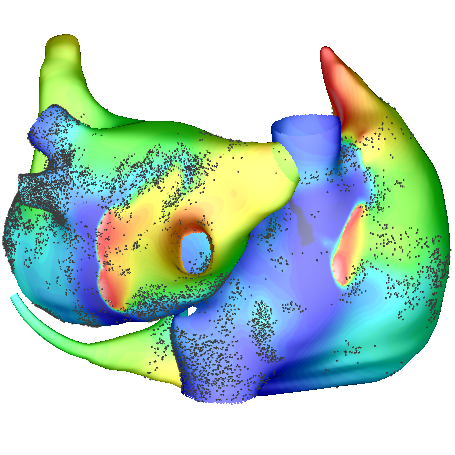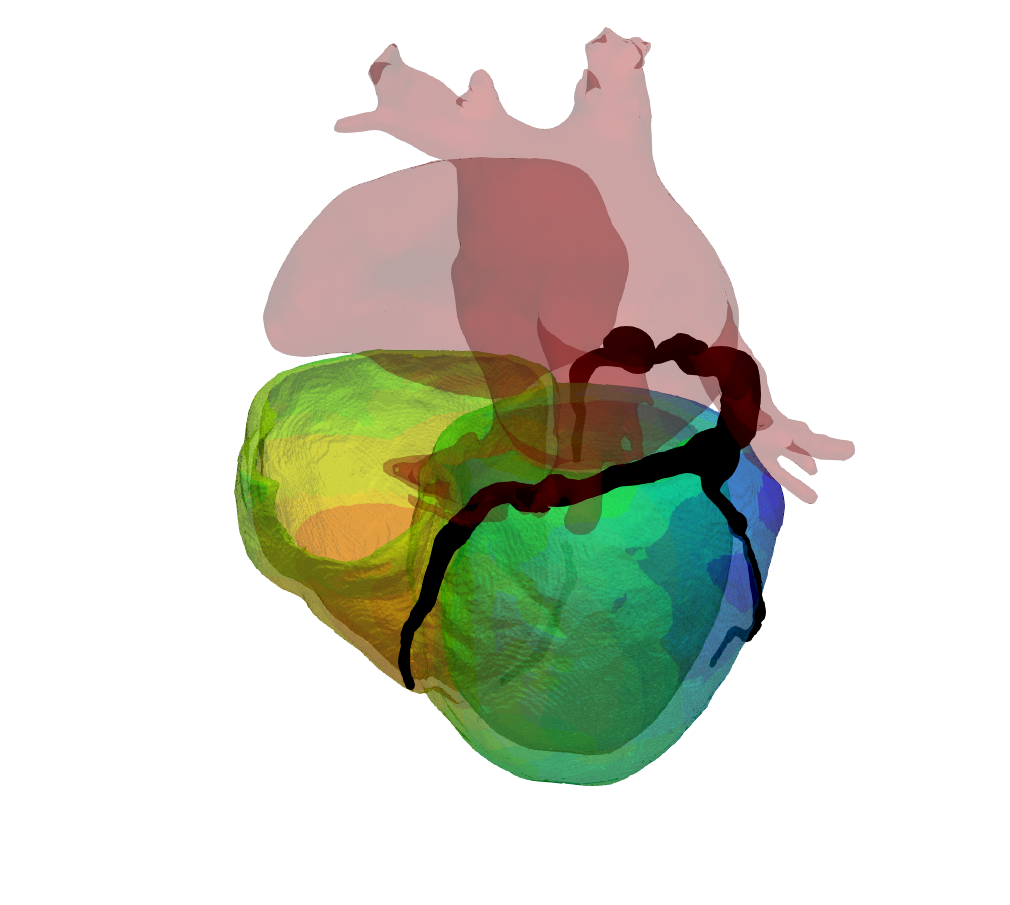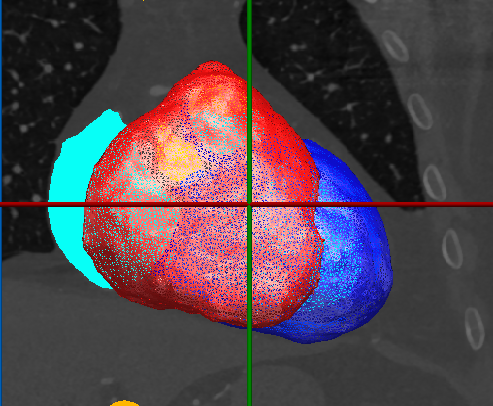ArrhythmiaCardiac arrhythmias are abnormal heart rhythms, which affect more than 2 million people in the UK alone every year. Atrial fibrillation (AF) and ventricular tachycardia (VT) are two common cardiac arrhythmias. AF is a supraventricular tachyarrhythmia that is characterised by uncoordinated atrial activation with consequent deterioration of mechanical function. AF increases the risk of other cardiovascular diseases, stroke and death. During VT, abnormal electrical signals in the ventricles cause the heart to beat fast and in an uncoordinated manner. As a result of this arrhythmia, the heart is not able to pump enough blood to the body and lungs, which can lead to loss of consciousness and sudden death if left untreated. |
 |
Cells and DrugsCardiac function is governed by physiological mechanisms acting on length scales ranging from the subcellular level to the overall heart anatomy. Alterations to these mechanisms from normal physiological behaviour, can lead to the development of pathological conditions including heart failure. Computational modeling provides a framework for integrating experimental and clinical measurements, and serves as a “virtual laboratory” for investigating the interdependence of the different mechanisms contributing to heart disease. Through collaborations with clinical and pharmaceutical partners, we seek to improve our understanding of the mechanisms underlying heart failure. We model the impact of chemotherapeutic drugs on the molecular-level behaviour of cardiac muscle to investigate their repercussion on ATP production in mitochondria and on muscle contraction at the whole-heart level. |
 |
Heart FailureHeart failure is a progressive and prevalent disease that affects many people around the world. Cardiac resynchronization therapy is one of the few effective treatments for drug refractory heart failure patients. However 30% of patients do not respond to this treatment. |
 |
Image AnalysisWe develop a range of image processing and vision algorithms for analysing medical images. Our current projects include the use of convolutional neural networks for multi-label segmentation of cardiac CT and MRI images. We also adopt new machine learning tools to register cardiac scans from different imaging modalities. |
 |